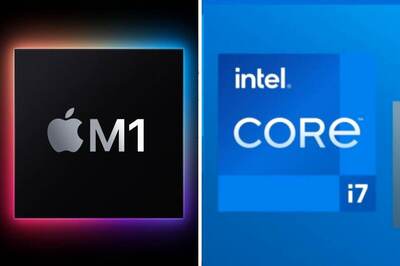
views
This week will be massive for SpaceX. The SpaceX CEO Elon Musk’s confirmation that the company is on target to launch 60 satellites is just the beginning. These 60 satellites will be the first batch of satellites for the Starlink initiative. The Falcon 9 rocket will take these satellites into space, and it is expected that the launch will happen on May 14 or May 15.
Starlink has been envisioned as a mega-constellation of nearly 12,000 satellites that will be placed in the low orbit above earth, and have been designed to beam internet connectivity to earth. Earlier, the US Federal Communications Commission (FCC) had granted SpaceX the permission to launch the Starlink satellites, but in two group. The first is a constellation of 4,409 satellites while the second constellation will have 7,518 satellites. The second constellation will be placed and will operate at a slightly lower altitude than the first constellation. These will be synchronised with the movement of the earth, and offer internet connectivity around the globe.
The low-earth orbit (LEO) satellites fly just a few hundred kilometres above the surface of the earth. Since their orbit is small, they tend to loop around earth quite quickly. A lot of the LEO satellites tend to follow the polar orbit, which means they pass above both the north and south poles many times a day. These sit below the medium-earth orbit (MEO) satellites, and are semi-synchronous—these are usually placed around 20,000km above the earth’s surface, and pass the same points on the equator multiple times a day.
To provide internet connectivity, these satellites move in space in a synchronized movement and transmit the signals to the ground-based terminals. The movement of the satellites is configured in a way that at least one satellite will be able to hook-up with each terminal on the ground at all times. The idea is to let these terminals provide Wi-Fi, LTE, and 3G mobile data signals for a certain area.
In February last year, SpaceX had launched two test satellites, the TinTin A and the TinTin B, and are reported to have passed the trials and tests.
SpaceX is not the only company looking at satellite constellations. In February this year, American company OneWeb launched six satellites—the first of its planned constellation of 650 satellites. These will also be looking to completely carpet earth with internet connectivity, and will be placed 750 miles above the earth’s surface. Other companies that have made their satellite aspirations clear include Telesat, LeoSat and Amazon.




















Comments
0 comment